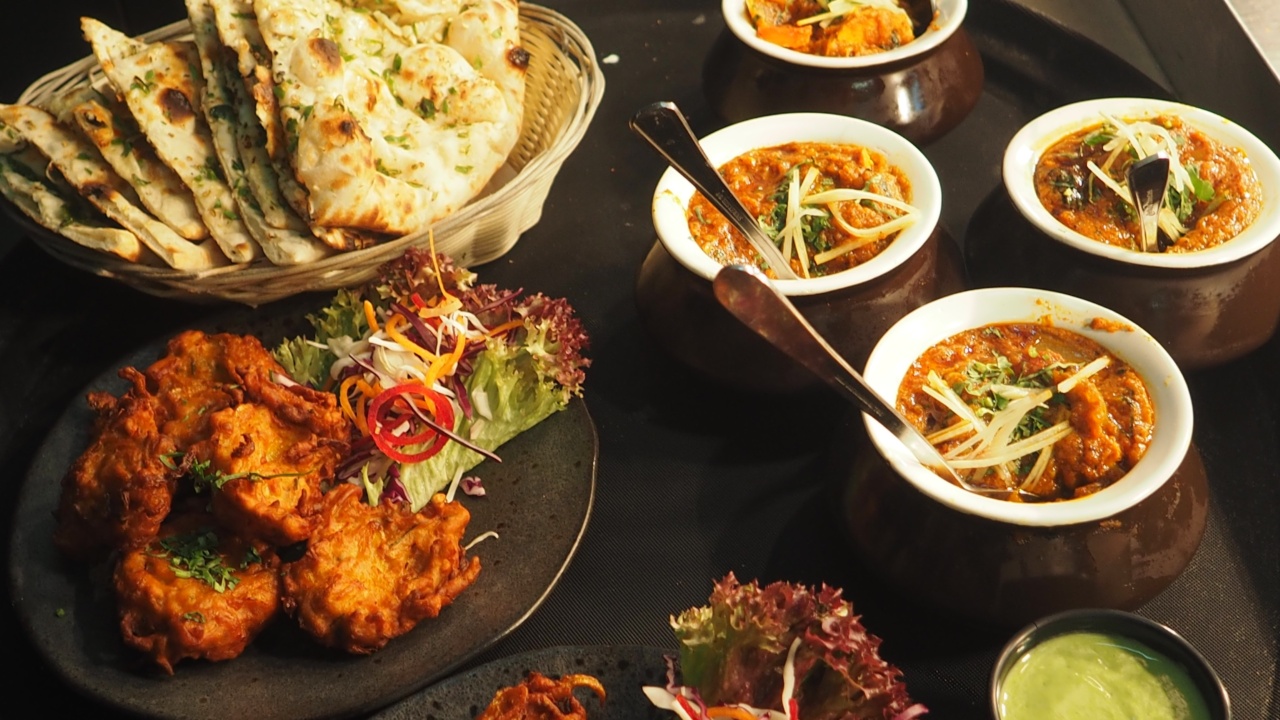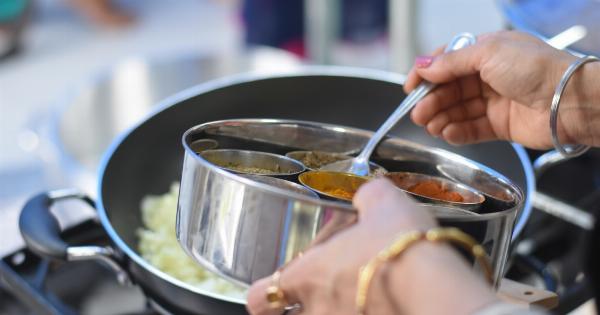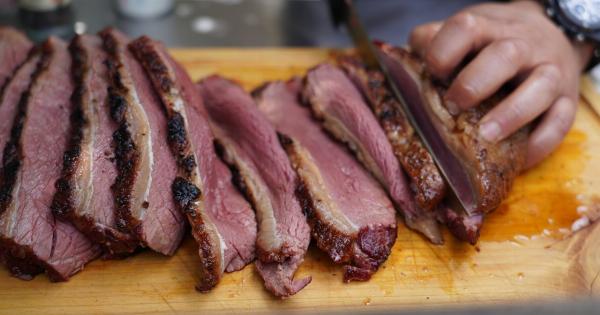Cooking meat is a common practice in many households, but it’s important to consider the health implications of the ingredients and cooking methods used.
In this article, we will explore various healthy options for cooking meat, focusing on techniques that retain nutrients and minimize exposure to harmful compounds.
1. Grilling
Grilling is a popular cooking method that can be both delicious and healthy when done right. When grilling meat, choose lean cuts to reduce the intake of saturated fats.
Marinating the meat prior to grilling can also add flavor and help reduce the formation of harmful compounds. Avoid charring the meat, as it can create carcinogens. Instead, aim for a medium level of doneness to retain nutrients and minimize the formation of harmful substances.
2. Baking
Baking meat is another healthy option that requires minimal added fats. This method is particularly suitable for tender cuts of meat. To keep the meat moist, try using a marinade or a rub.
Cooking meat in foil packets can help to retain moisture and prevent the loss of nutrients. Avoid using excessive salt or sugary sauces when baking to maintain a healthy balance.
3. Steaming
Steaming is a gentle cooking method that helps to preserve the nutritional content of meat. By using a steamer or a steaming basket, you can cook the meat without the need for oil or added fats.
This method is ideal for lean meat cuts and can result in a tender and flavorful dish. Season the meat with herbs and spices to enhance the taste without adding excess calories.
4. Slow Cooking
Slow cooking, such as using a slow cooker or crockpot, is an excellent choice for cooking tougher cuts of meat. The slow, low-temperature cooking process helps break down the connective tissues, resulting in tender and flavorful meat.
This method also allows you to add a variety of vegetables, herbs, and spices to create a well-rounded dish. Avoid adding excessive amounts of fatty ingredients to keep it healthy.
5. Stir-Frying
Stir-frying is a popular cooking technique that involves quickly cooking meat and vegetables in a small amount of oil over high heat. To make this option even healthier, use lean cuts of meat and incorporate a variety of colorful vegetables.
Choose a healthy oil, such as olive oil or coconut oil, and avoid using excessive amounts. Season the dish with herbs, spices, and low-sodium sauces to enhance the flavors.
6. Poaching
Poaching meat involves gently simmering it in liquid until cooked through. This method helps to retain the natural flavors and moisture of the meat without the need for added fats.
Poached meat can be served hot or cold and can be used in a wide range of dishes, such as salads, sandwiches, or pasta. Experiment with different flavorful liquids, such as broth, wine, or citrus-infused water, to enhance the taste.
7. Broiling
Broiling involves cooking meat directly under a high heat source. This method is efficient and quick, resulting in a crispy exterior and tender interior. To optimize the healthiness of broiling, choose lean cuts of meat and trim any visible fat.
It’s important to keep a close eye on the meat while broiling to prevent charring and the formation of harmful compounds. Use marinades, rubs, or low-sodium sauces to add flavor without excess fat.
8. Sautéing
Sautéing involves quickly cooking small-sized meat pieces in a small amount of oil over medium-high heat. This method is suitable for tender cuts of meat and is great for creating flavorful dishes.
Choose a healthy oil, such as avocado oil or grapeseed oil, and avoid excessive amounts. Incorporate a variety of herbs, spices, and vegetables to add depth to your sautéed meat dish.
9. Sous Vide
Sous vide cooking has gained popularity in recent years, especially among culinary enthusiasts. This technique involves sealing the meat in a vacuum bag and cooking it in a temperature-controlled water bath.
Sous vide cooking allows for precise temperature control, resulting in consistent and evenly cooked meat. It also helps to retain the natural juices and flavors. Finish the meat by searing it briefly on high heat for added texture.
10. Roasting
Roasting meat, particularly whole cuts or poultry, can yield juicy and flavorful results. This method involves cooking meat in an oven at a moderate to high temperature.
Season the meat with herbs, spices, and a light coating of healthy oil to enhance the flavors. Use a roasting rack to elevate the meat and allow fat to drip away. Be mindful of portion sizes and trim excess fat before roasting for a healthier dish.






























